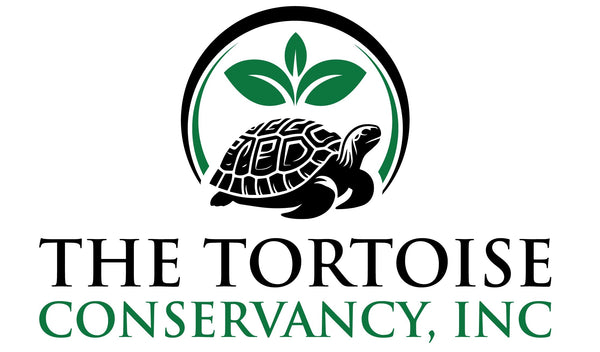Research and Monitoring
To better understand and protect gopher tortoises, we work hand in hand with government agencies, biologists, and volunteers to conduct and support scientific research. Our collaborative efforts are essential to gaining comprehensive insights into the lives of these remarkable creatures and ensuring their survival.
One of our primary activities involves the systematic monitoring of tortoise populations. This process includes tracking the number of individuals in various habitats, documenting their locations, and observing their movements over time. By employing advanced technologies such as GPS tracking and remote sensing, we can gather precise data on their home ranges, migration patterns, and seasonal behaviors. This information is crucial for identifying critical habitats that need protection and understanding the spatial requirements of gopher tortoises.
Studying the behaviors of gopher tortoises is another critical aspect of our research. We meticulously observe their daily activities, including foraging, burrowing, mating, and interactions with other species. Behavioral studies help us uncover how gopher tortoises adapt to environmental changes, their social structures, and their reproductive strategies. For instance, understanding their dietary preferences and foraging habits can inform habitat management practices that ensure the availability of essential food resources.
Assessing habitat health is also a vital component of our research efforts. Healthy habitats are fundamental to the well-being of gopher tortoises, and our studies focus on evaluating various environmental factors that affect habitat quality. This includes soil composition, vegetation types, water availability, and the presence of predators and competitors. By analyzing these factors, we can develop and implement habitat restoration and management plans that create optimal conditions for gopher tortoise populations to thrive.
Our research and monitoring programs are supported by a dedicated network of volunteers and citizen scientists. These individuals play an integral role in data collection and fieldwork, participating in activities such as conducting population surveys, setting up camera traps, and recording observational data. Their contributions are invaluable, allowing us to cover larger areas and gather more extensive datasets than would be possible with our staff alone.
We also engage in partnerships with academic institutions and research organizations. Collaborating with universities and research centers enables us to leverage the expertise of leading scientists and access state-of-the-art research facilities. These partnerships often lead to innovative studies and groundbreaking discoveries that enhance our understanding of gopher tortoises and their ecosystems.
Our commitment to research and monitoring extends to the dissemination of our findings. We publish our research in scientific journals, present at conferences, and share insights with the broader conservation community. By contributing to the global body of knowledge on gopher tortoises, we aim to influence conservation policies and practices worldwide.
In summary, our research and monitoring efforts are multifaceted and collaborative, involving meticulous data collection, behavioral studies, habitat assessments, volunteer engagement, and academic partnerships. Through these comprehensive initiatives, we strive to ensure that gopher tortoises receive the protection and care they need to flourish in their natural habitats for generations to come.
